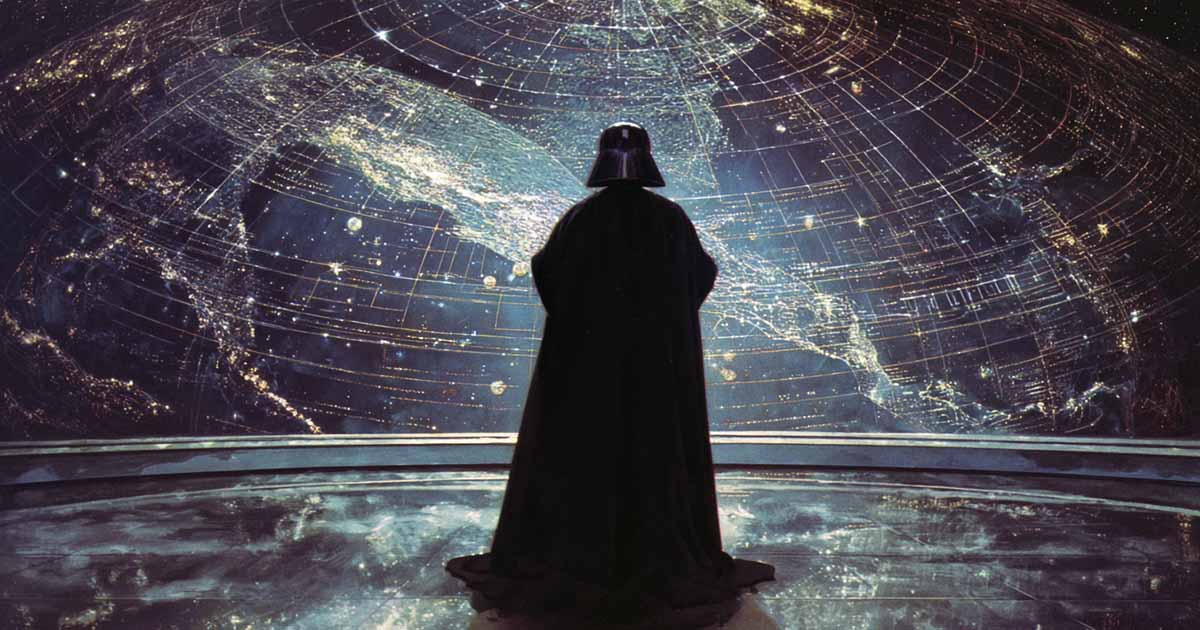Why Are Sith Lords Called Darth?
The title “Darth” in "Star Wars" signals a Sith Lord’s break from the past, marking his allegiance to the dark side and linking him to a legacy of power, secrecy, and moral corruption.

In the "Star Wars" universe, Sith Lords bear the title "Darth" followed by a unique name. Darth Vader, Darth Sidious, and Darth Maul each use the term as part of their identity. But the word "Darth" is more than just a title. It carries meaning, history, and narrative weight. It signals a break from the past and a devotion to the dark side of the Force.
A Title of Transformation
When a Jedi falls to the dark side and becomes a Sith, he leaves behind his former name. "Darth" marks that transformation. It is a rebirth, but not one of innocence. The new name reflects power, secrecy, and allegiance to the Sith philosophy.
In this sense, "Darth" operates like a religious or ideological title. Just as monks or knights might take new names to reflect their vows, so too do Sith Lords. It is not given lightly. It is earned through ambition, betrayal, or strength.
Origin Behind the Scenes
George Lucas introduced the name "Darth Vader" in the original 1977 film "Star Wars" without explanation. At first, it seemed like a proper name. But as the series expanded, the term became a pattern. Darth Sidious ruled the Empire. Darth Maul struck from the shadows. Darth Tyranus plotted in secret. "Darth" was no longer a name—it was a title shared by all Sith.
Lucas has said that "Darth" is a clipped version of "dark lord of the Sith." It shortens a phrase into a symbol. The effect is linguistic, but also mythic. The title hints at something old and dangerous, like a half-remembered curse.
Meaning in the Names
Most Sith names that follow "Darth" have a symbolic ring to them. "Vader" resembles the Dutch word for father. "Maul" suggests brutality. "Sidious" sounds like insidious. These are not accidental. Sith names are chosen or assigned to reflect their identity, abilities, or ambitions.
This practice reinforces a key idea in "Star Wars": names matter. They shape perception. They tell you who a person has become—even if that person is no longer who he once was.
Echoes of Myth and Empire
The use of "Darth" also taps into a long tradition of naming in science fiction and fantasy. Evil characters often take new names to assert control or reject their past. Emperor Palpatine becomes Darth Sidious. Anakin Skywalker becomes Darth Vader. The name is both mask and mirror.
This mirrors older stories, from fallen angels to corrupt kings. A new name becomes a marker of destiny. In "Star Wars," "Darth" places the Sith within that tradition. They are not simply warlords. They are part of something larger—an ancient order with its own rites, codes, and legacies.
In-World Function
Within the fictional universe, the title "Darth" signifies rank among the Sith. It often implies apprenticeship or lineage. There are usually only two Sith at a time: a master and an apprentice. The master holds the power. The apprentice seeks to surpass him.
The use of "Darth" ties the two together. It signals membership in the Sith order and carries with it the expectation of betrayal. In the Rule of Two, no bond is sacred. The name "Darth" binds teacher and student in a pact that cannot last.
A Name With Weight
To call a character "Darth" is to mark him as more than a villain. It makes him part of a shadowy legacy, one that runs through galactic history. It means he has made a choice—to reject mercy, embrace power, and live by the will of the dark side.
In the world of "Star Wars," the title is not just spoken. It is earned, feared, and remembered.

